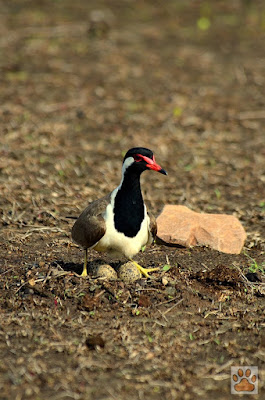Best Places to find tigers in India

If you have seen a tiger in the wild, then you already know how exciting it is and if you have not, then it is time you did.😃 Tigers are arguably, one of the most beautiful animals on the earth. As I tell everyone (whoever is ready to listen) that – if God exists (I happen to be agnostic) and created all the life on earth, then probably God stopped after creating the tiger as nothing could surpass the beauty, grace and swagger of a tiger. The Bengal tiger, also known as the Royal Bengal Tiger or the Indian tiger, is the subspecies with the largest population. It is the national animal of India. India is now home to over 70% of the Tiger population in the world and perhaps the only place where you can see tigers in the wild. Tigers in India are mostly found inhabiting six different forested landscapes—Shivalik Hills and the Gangetic plains, Central India, Eastern Ghats, Western Ghats, North-eastern Hills and Brahmaputra plains, and Sundarbans—with different topographical features. Now



